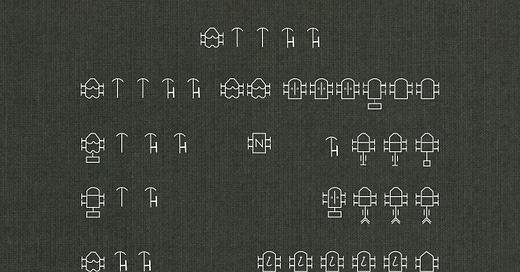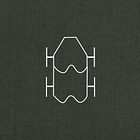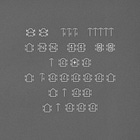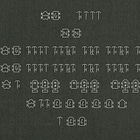This post belongs to a five-part series. You can find the previous installments at the far end of the following links.
In the German Army of the Second World War, the designers of infantry regiments often provided them with companies of combat engineers, infantry guns, and anti-tank guns, each of which belonged to the regiment as a whole. When, however, they expected that a battalion would customarily operate at some distance from other elements of its parent regiment, or when they designed a stand-alone battalion, the German establishmentarians provided it with a pioneer platoons, an infantry gun platoon, and an anti-tank platoon. As a rule, moreover, they formed these platoons into a ‘heavy company’ (schwere Kompanie).
Leadership Group
The leadership group (Gruppe Führer) of the heavy company consisted of an amphibious Volkswagen (Schwimmwagen), two single-seat motorcycles, and two motorcycles with side cars.
The leadership group thus bore a close resemblance to the platoon troops (Zugtrupps) of two of the three combatant platoons, as well as the platoon troop of the combat train (Gefechtstross). (Each of the latter consisted of a single Schwimmwagen and two, three, or four motorcycles.)
Pioneer Platoon
In addition to the vehicles its platoon troop, the pioneer platoon possessed two additional amphibious Volkswagen and six four-wheeled utility vehicles, each of which carried the men, equipment, and supplies for half of a squad of combat engineers. (Three of the small trucks carried light machine guns. One pulled a trailer.)
The Infantry Gun Platoon
The infantry gun platoon rated three elements: a platoon troop, a telephone section, and a two-piece firing battery. The Schwimmwagen of the platoon troop pulled a trailer. The telephone section rode in a single truck (marked ‘N’ for Nachrichten). The gunners of the firing battery - save those who rode in the three-wheeled motorcycle - rode in three utility vehicles.
The Anti-Tank Platoon
The smallest of the three combatant platoons of the heavy company wielded three anti-tank guns, each of which was pulled by a small utility vehicle. In addition to these prime movers, the anti-tank platoon possessed a fourth utility vehicle and a small platoon troop.
The fourth utility vehicle carried a light machine gun (for the immediate defense of the anti-tank guns) and pulled a trailer.
The platoon troop of the anti-tank platoon was the only element of its type that lacked a Schwimmwagen. In place of that amphibious vehicle, it employed a utility vehicle of the type that pulled the anti-tank guns.
The absence of an amphibious command vehicle in the anti-tank platoon may reflect its role as a ‘fire brigade’. That is, while the leaders of other platoons would use their Schwimmwagen to check the depth of a ford or take a look at the full length of partially damaged bridge, the leader of the anti-tank platoon would lack the time for such careful examinations.
The Trains
The combat train (Gefechtstroß) of the heavy company possessed the same vehicle set as its counterpart in the machine gun company. That is, it rated a Schwimmwagen, two motorcycles (with side cars), five cargo trucks (marked with ‘L’ for Lastkraftwagen), and a maintenance car (Instandsetzungskraftwagen 2/40).
In much the same way, the baggage train (Gepäcktroß) of the heavy company bore a close, if less than perfect, resemblance to the baggage train of the machine gun company. Where the baggage train of the machine gun company got two full-sized cargo trucks, that of the heavy company received one cargo truck and one truck marked with an ‘M’.
If that ‘M’ was a lower case letter, it probably stood for mittlere (‘medium’). If, however, it was a capital letter, I suspect that it indicated that the truck carried Munition (‘ammunition’).
The sources for all five installments of this series can be found in the first post.
For more about this newsletter
















The Rosetta Stack.
Others will now suffer less than you did, so the cause advances.